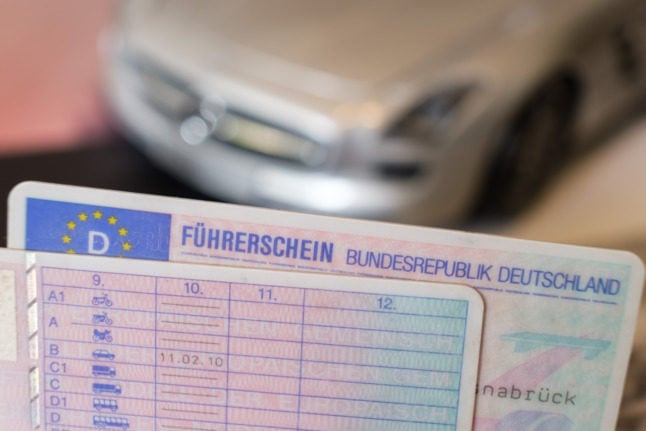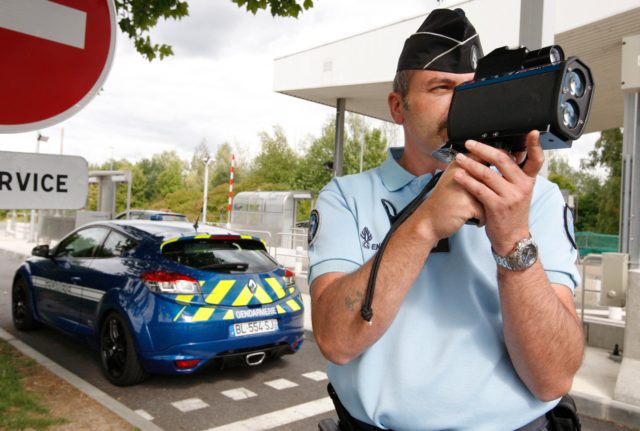A total of 61 new questions were added to the theoretical driving licence test as of April 1st, both for a regular licence and several special categories.
That’s not necessarily encouraging news for anyone aspiring to work toward earning their German driving licence. The country’s process for earning a driving licence is already notoriously difficult and expensive – regularly costing more than €2,000.
READ ALSO: How much does it cost to get a driving licence in Germany?
However, adding new questions to the theoretical driving test is standard procedure in Germany, in fact it happens every six months.
The relevant authorities suggest that these regular updates are necessary because the road transport system and its related legal framework is constantly changing.
But that doesn’t mean the test is constantly getting longer. Questions are added to a catalogue of potential questions for the driving test, but outdated questions are also removed.
Ultimately the written test that a prospective driver will face consists of a total of 30 questions chosen from the catalogue. Of these, 20 will cover basic material and 10 will cover knowledge specific to vehicle class B, which is passenger cars.
Who creates the driving test?
Germany’s theoretical and practical driving licence test is continuously developed by the Technical Inspection Association (TÜV) and DEKRA, an auditing company which manages testing, inspection and certification for vehicles, among other things.
Mathias Rüdel, managing director of the TÜV | DEKRA joint venture, told German regional broadcaster MDR that the catalogue for the theoretical driving test contains “a total of 1,197 basic and supplementary tasks”.
One or more questions could potentially be created to test students’ understanding of each of these tasks.
READ ALSO: More than a third of German driving tests failed in 2022
Rüdel added that there is not a set maximum number of tasks which could be included in the test. Instead, the number of tasks correspond to the relevant road safety content being taught, which is a result of European and national frameworks.
Asked which types of questions make up the biggest part of the driving test catalogue, Rüdel suggested that emphasis is placed on the subjects of ‘hazard theory’ and ‘behaviour in road traffic’.
READ ALSO: Germany sees ‘record number’ of cheating cases on driving licence exams
What does it take to get a driving licence in Germany?
Germany’s rules around driving licences are notoriously strict.
Advocates for the country’s regulations say that ensuring drivers are properly trained is a benefit to society, because unsafe driving comes with severe consequences for drivers and pedestrians alike.
But drivers holding foreign driving licences that are considered invalid in Germany, despite years of driving experience, and even some German parents who have to shell out thousands of euros to put their kids through drivers’ education, suggest that the process seems excessive and over-priced.
The basic steps to earn a driving licence are:
- Pass an eye test
- Complete a first aid course
- Complete a driving school course (Fahrschule)
- Request a licence / make an appoint to apply (If you don’t have a foreign licence this covers you while you are learning to drive)
- Pass the written theoretical test
- Pass the practical in-car test
READ ALSO: ‘A year-long ordeal’: What I learned from getting my driving licence in Berlin
More information on the entire process can be found here.



 Please whitelist us to continue reading.
Please whitelist us to continue reading.
Member comments